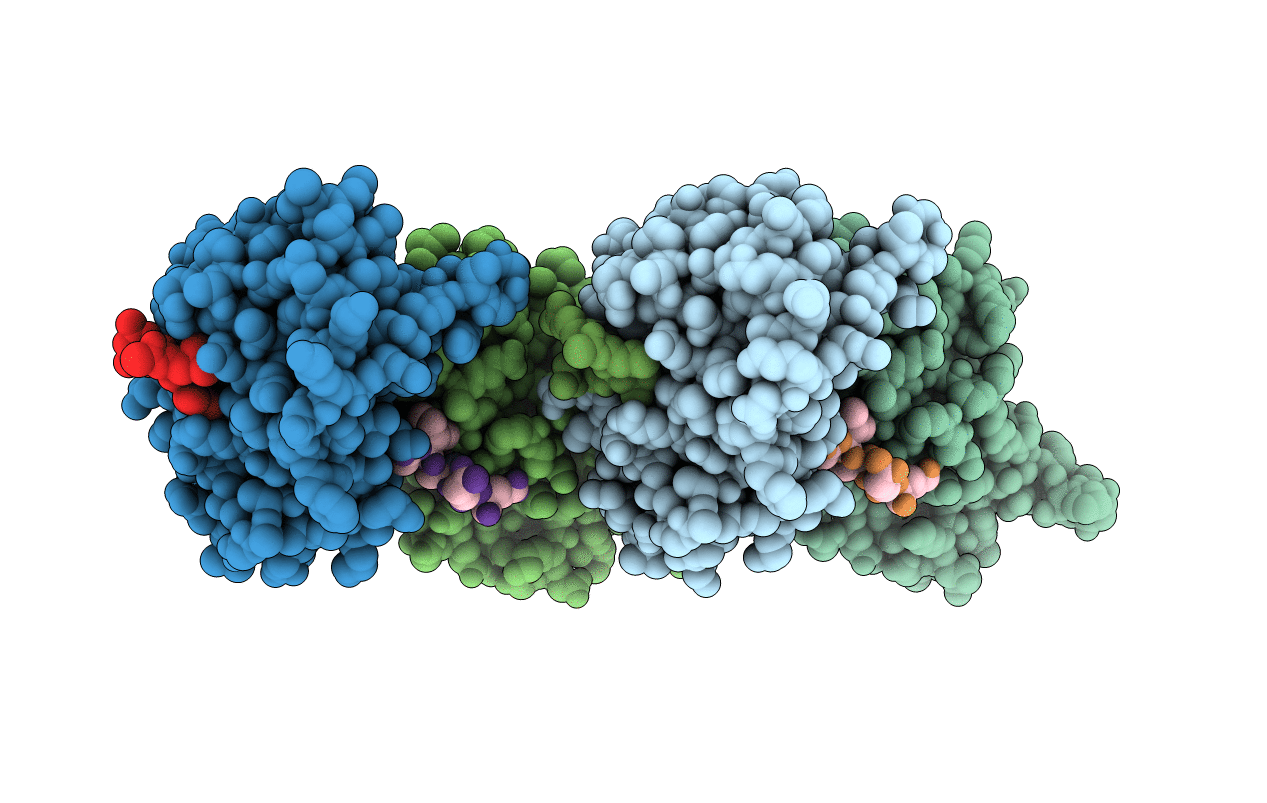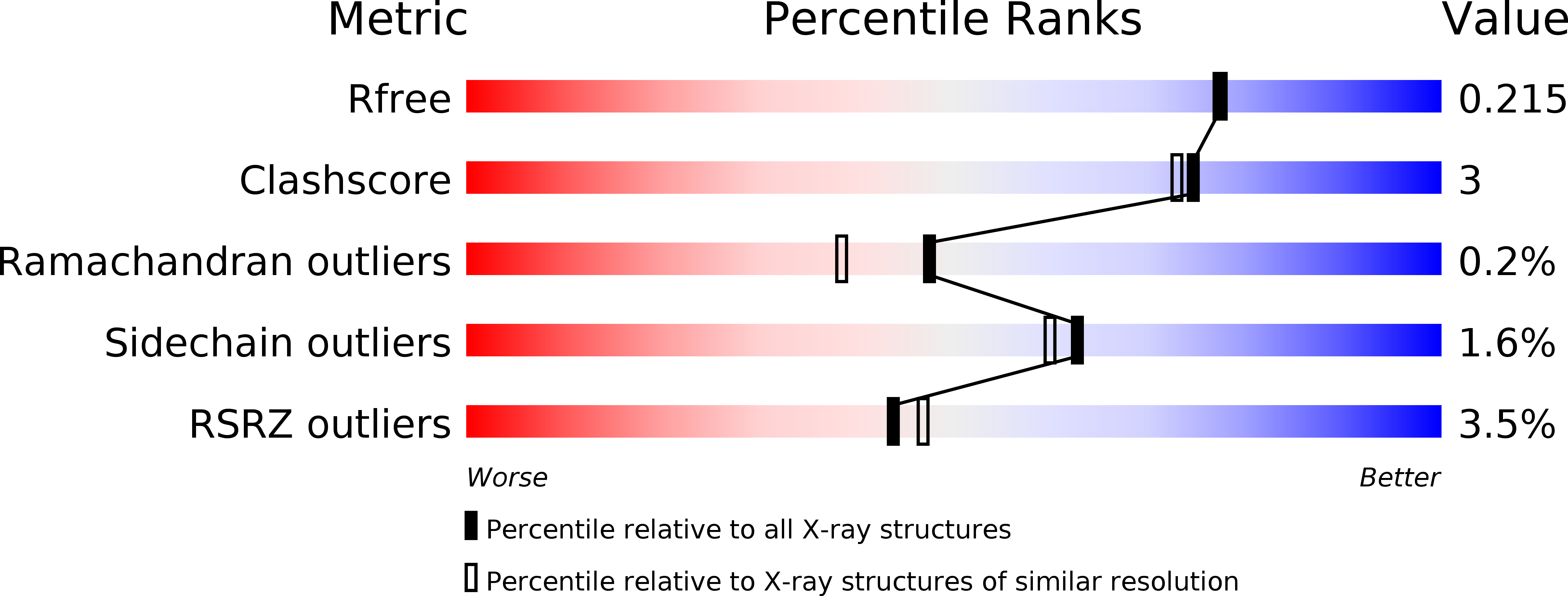
Deposition Date
2019-09-27
Release Date
2020-08-12
Last Version Date
2024-10-16
Method Details:
Experimental Method:
Resolution:
1.90 Å
R-Value Free:
0.26
R-Value Work:
0.21
R-Value Observed:
0.21
Space Group:
P 1 21 1


